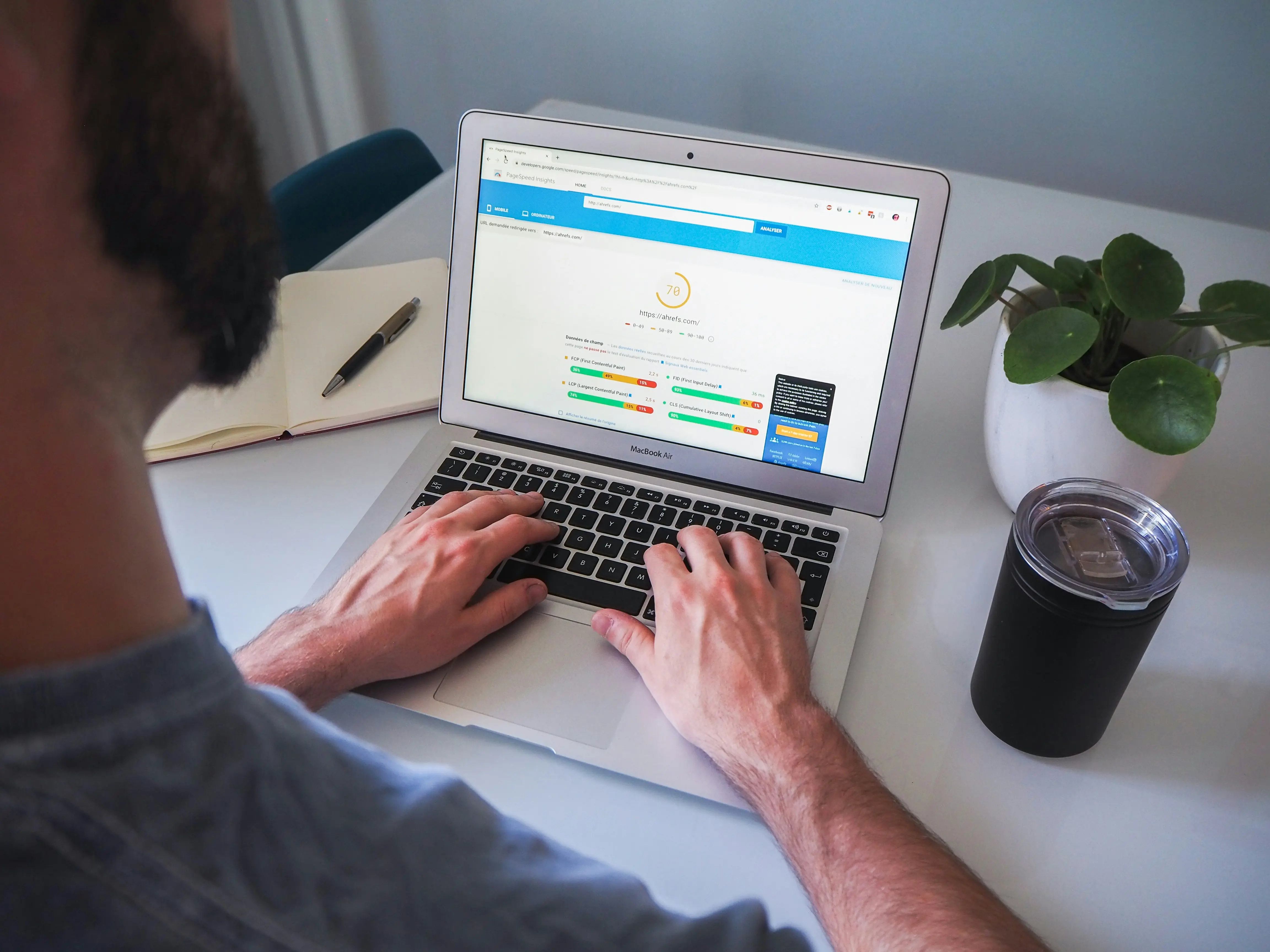What makes a website trustworthy?
Written by
Category
reading time
share

Let’s be honest, most people decide whether they trust a website in the first five seconds. And it’s not just about having a sleek design or a polished logo. Trust comes from a blend of things working in harmony, like a band where every instrument needs to be in sync. If one’s off, the whole vibe falls apart. So what actually makes a website feel trustworthy? Here’s what really counts.
1. Clarity over Cleverness
Your homepage isn’t a puzzle. Visitors should instantly understand what you do, who it’s for, and why it matters. If your message is fuzzy, wordy, or trying too hard to be witty, people will click away. A good test? Show your homepage to someone outside your industry. If they can’t sum up your business in a single sentence after 10 seconds, it’s time to simplify.
2. Consistent Design Builds Trust
Messy design sends the wrong signal. Mismatched fonts, odd spacing, or a dozen button styles scream “inexperienced,” even if your content is great. It’s not about being flashy, it’s about looking like you’ve got it together. A clean, consistent design system (same fonts, colors, components) goes a long way. Like matching socks: when it’s right, nobody notices, when it’s not, it’s all they see.
3. Be Real
People connect with people. Not stock photos. Not vague buzzwords. Not AI bios. Show the humans behind your brand, your team, your workspace, your story. Realness earns trust.
4. Show, Don’t Just Tell
You say you’re great. Cool. Can you prove it? Client logos, short testimonials, case studies, those build belief. Add real, specific quotes to pages that get the most traffic. Let your work speak louder than your words.
5. Fast, Smooth, and Secure Wins
A slow, clunky site kills trust. So does one that throws up a browser warning or lacks HTTPS. People won’t wait, or risk it. Keep things fast, clean, and secure. If you’re on a platform like Webflow, you’re already ahead.
6. Let People Navigate Their Way
Good websites guide visitors, they don’t shove them around. Don’t overwhelm with pop-ups and flashy CTAs. Be clear about what each page or section is for. Give people choices and control.
In short
Trust isn’t about one magic trick. It’s a mix of clarity, consistency, proof, performance, and a human touch. Get those right, and people will stick around, click through, and believe in what you do.



